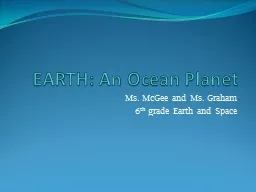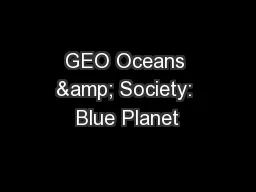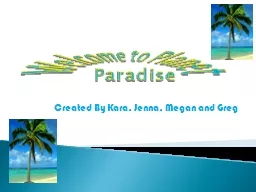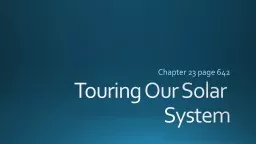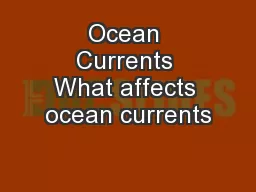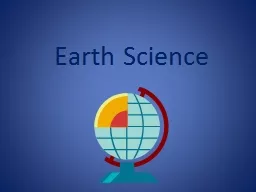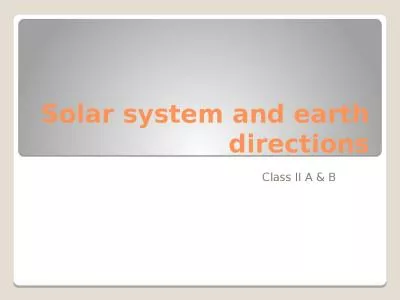PPT-EARTH: An Ocean Planet Ms. McGee and Ms. Graham
Author : sherrill-nordquist | Published Date : 2018-11-06
6 th grade Earth and Space Bellringer 7 minutes Directions Write and answer each question in COMPLETE sentences in your science notebook List Earths 5 oceans What
Presentation Embed Code
Download Presentation
Download Presentation The PPT/PDF document "EARTH: An Ocean Planet Ms. McGee and Ms...." is the property of its rightful owner. Permission is granted to download and print the materials on this website for personal, non-commercial use only, and to display it on your personal computer provided you do not modify the materials and that you retain all copyright notices contained in the materials. By downloading content from our website, you accept the terms of this agreement.
EARTH: An Ocean Planet Ms. McGee and Ms. Graham: Transcript
Download Rules Of Document
"EARTH: An Ocean Planet Ms. McGee and Ms. Graham"The content belongs to its owner. You may download and print it for personal use, without modification, and keep all copyright notices. By downloading, you agree to these terms.
Related Documents

